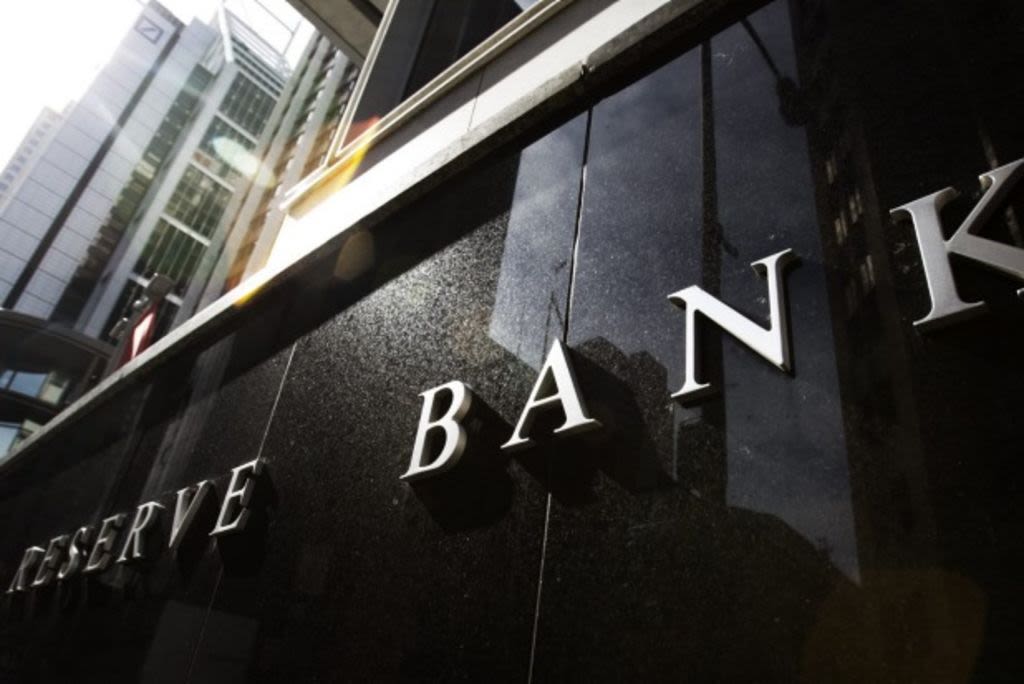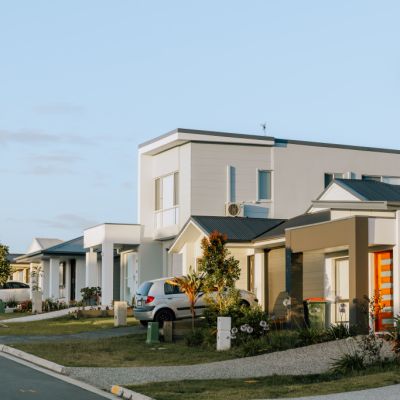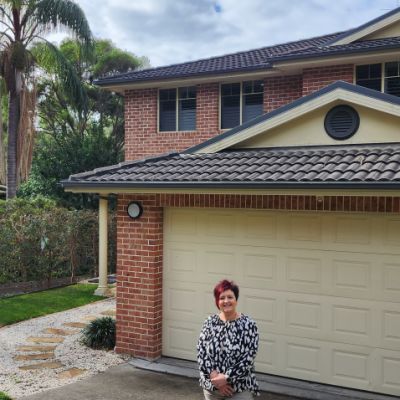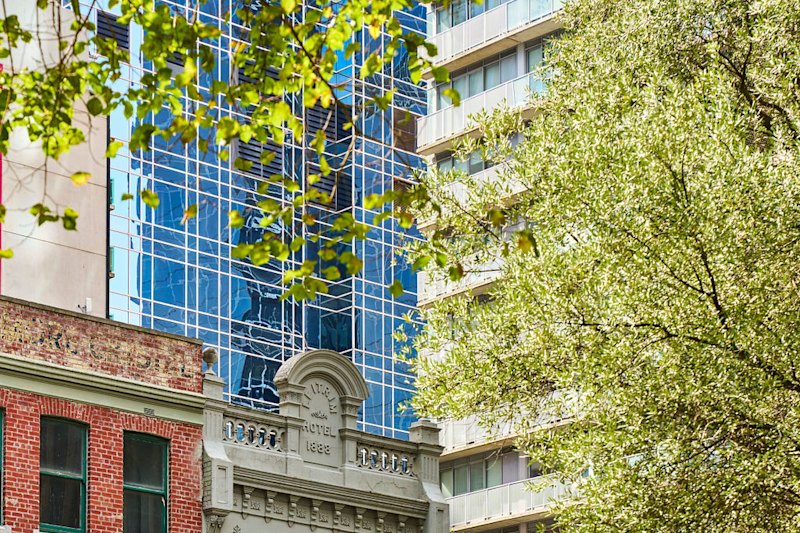Official interest rate rises to 3.85 per cent as RBA tries to stamp out inflation

Interest rates are moving upwards again after the Reserve Bank of Australia (RBA) voted to lift the cash rate a further 25 points to 3.85 per cent at its May board meeting – a move which now risks “killing the economy”, according to one leading economist.
Many onlookers were dismayed at the decision not to repeat last month’s hold at 3.6 per cent, with NAB chief economist Alan Oster predicting the rise could be an exceedingly dangerous move.
“I tipped that they would wait for inflation to come down more from all the previous cash rate rises, rather than risking killing the economy with another hike,” he said.
“People are now paying over $1500 a month extra on their mortgages and that’s difficult. This increase is very difficult to explain.”
The lift in the cash rate comes after the RBA held it steady last month – the first pause in 11 months following 10 consecutive rises. Most experts had forecasted that the pause would continue, and the 25-point hike caught many by surprise.
In a statement, RBA governor Philip Lowe said it would take years to get inflation back in the target range, and hinted that the cash rate target could rise further.
“While the recent data showed a welcome decline in inflation, the central forecast remains that it takes a couple of years before inflation returns to the top of the target range,” he said.
“Some further tightening of monetary policy may be required to ensure that inflation returns to target in a reasonable timeframe, but that will depend upon how the economy and inflation evolve.”
The RBA’s latest move will cost a borrower with $585,557 mortgage — the national average, according to the ABS — an extra $92 per month, assuming banks pass on the rate rise in full. For a borrower with a $1 million loan, monthly repayments could rise by $158, based on calculations using the Domain Home Loans Repayment Calculator.
PRD chief economist Dr Diaswati Mardiasmo said the only real reason for the bank’s move was to make absolutely sure that the inflation rate would continue on its downward trajectory. It’s fallen to 7 per cent over the 12 months to the March quarter, from the 30-year high of 7.8 per cent in the December quarter.
“It’s kind of psychological behavioural economics,” Mardiasmo said. “When people see the rate go up, they tend to cut back on their spending and save more.
“If it had been held at 3.6 per cent, that might have stimulated spending and stimulated demand to help further feed inflation. It’s a signal from the RBA to say, ‘Hey! We’re not done yet!’
“The other reason is that the federal budget on May 9 may be introducing some measures to help people with the rises in the cost of living, like with energy subsidies or help with food costs. That would give households more money, so the cash rate has gone up to make up for that.”
Inflation at 7 per cent is still considered by Treasurer Jim Chalmers to be “unacceptably high”, and RBA governor Philip Lowe is aiming at a 2 to 3 per cent target band.
The consumer price index (CPI) only rose this quarter by 1.4 per cent, however, which was the lowest increase since late 2021.
But while petrol and furniture prices have fallen, gas prices have climbed and inflation in the services sector – which includes rents, travel and eating out – jumped from 5.5 per cent at the end of last year to 6.1 per cent in March.
“We’re still seeing a lot of demand feeding inflationary pressures,” said Domain Home Loans chief executive Kareene Koh. “Inflation has improved and while food prices and supply disruptions are starting to ease, it’s still too high and energy prices and housing shortages with rent rises are making it worse.
“We thought it would have been prudent to have held for another month and see if the economy would stabilise. There’s still a lot of uncertainty both here and globally, and with fixed rate expiries coming up for many households, this will only increase the hardship.”
The latest Domain House Price Report showed that prices rose in the last quarter for the first time in a year, but that growth could now be in jeopardy from more rate rises, she believed.
EY economist Cherelle Murphy also said the rise in the cash rate was a result of inflation coming down slower than had been hoped. Again, a difficulty could be if the government decided to accede to the demands for boosts to welfare payments, which would inject more money into the economy.
“We can still see a lot of energy in parts of the economy that are causing price rises and I’m not convinced the economy has lost enough steam yet to take prices down,” Murphy said. “We saw domestic services still going up in the March quarter with things like the rises in the cost of building houses.
“The government will be trying not to spend much money in the budget, with its huge COVID debts, but if it puts money into the economy that the RBA is trying to take out, that could have an inflationary effect.”
While Oster said he didn’t agree with the RBA that the cash rate rise was a good idea, he did believe that cash rate cuts could begin by the middle of next year.
“Probably by June, the core inflation rate will be a little below 6 per cent,” he said. “And it could come down quicker than we think.”
We recommend
We thought you might like
States
Capital Cities
Capital Cities - Rentals
Popular Areas
Allhomes
More










